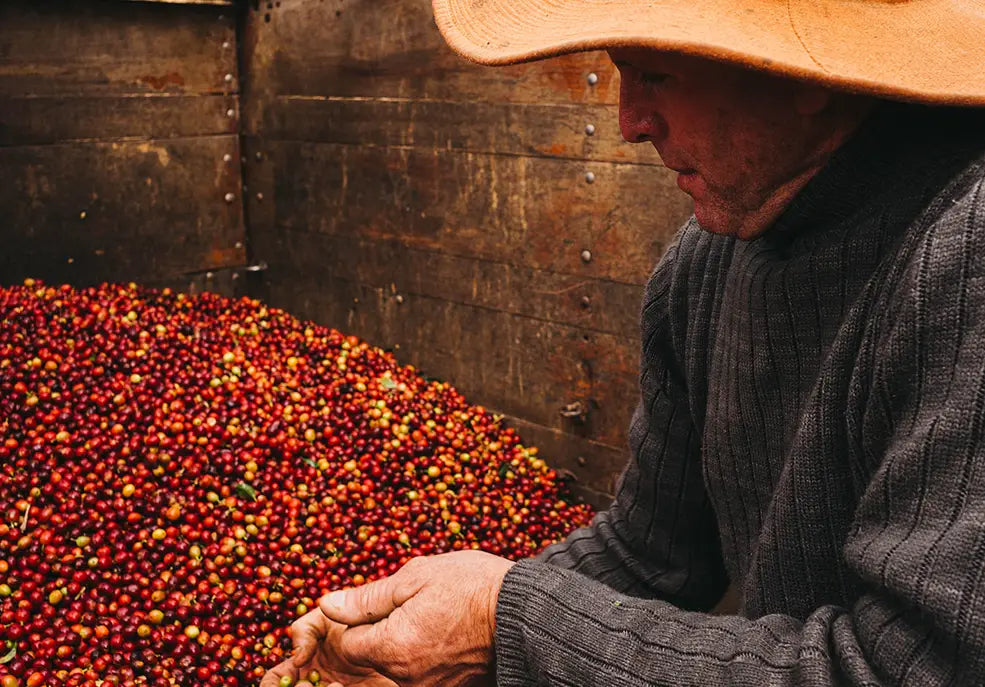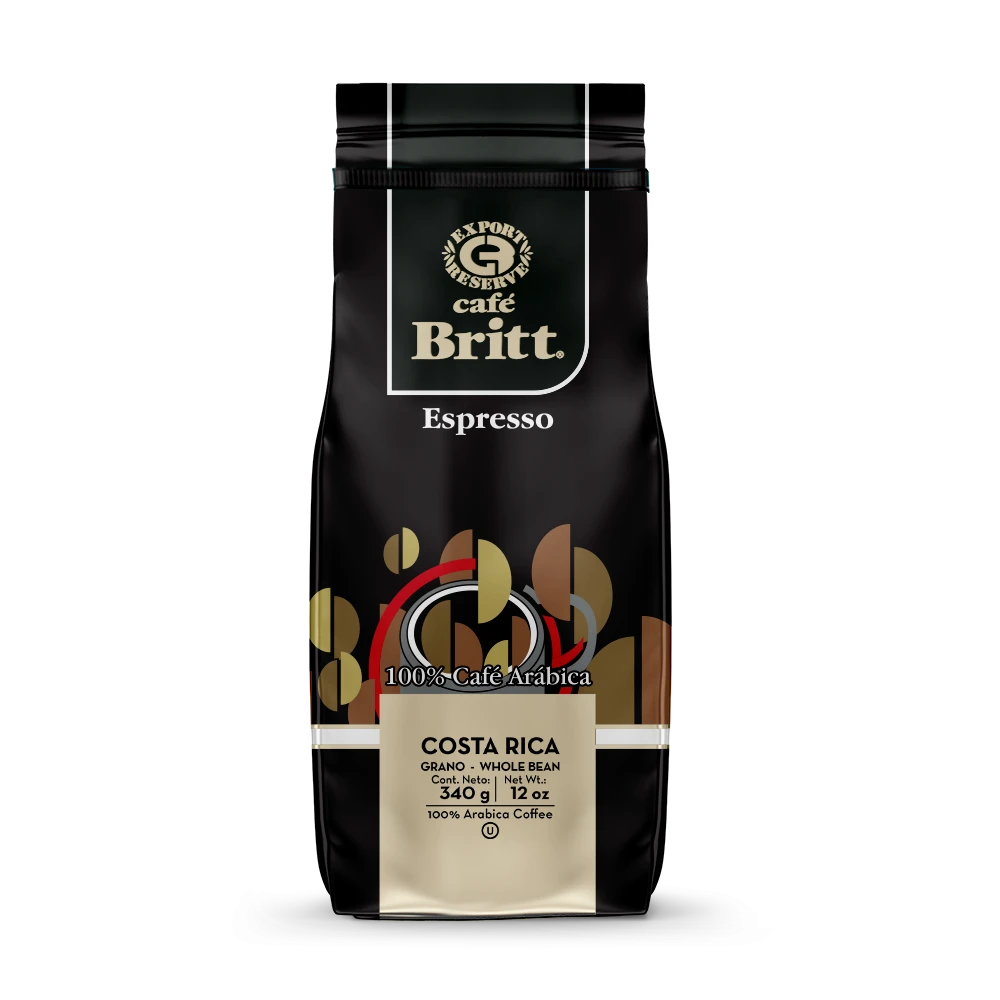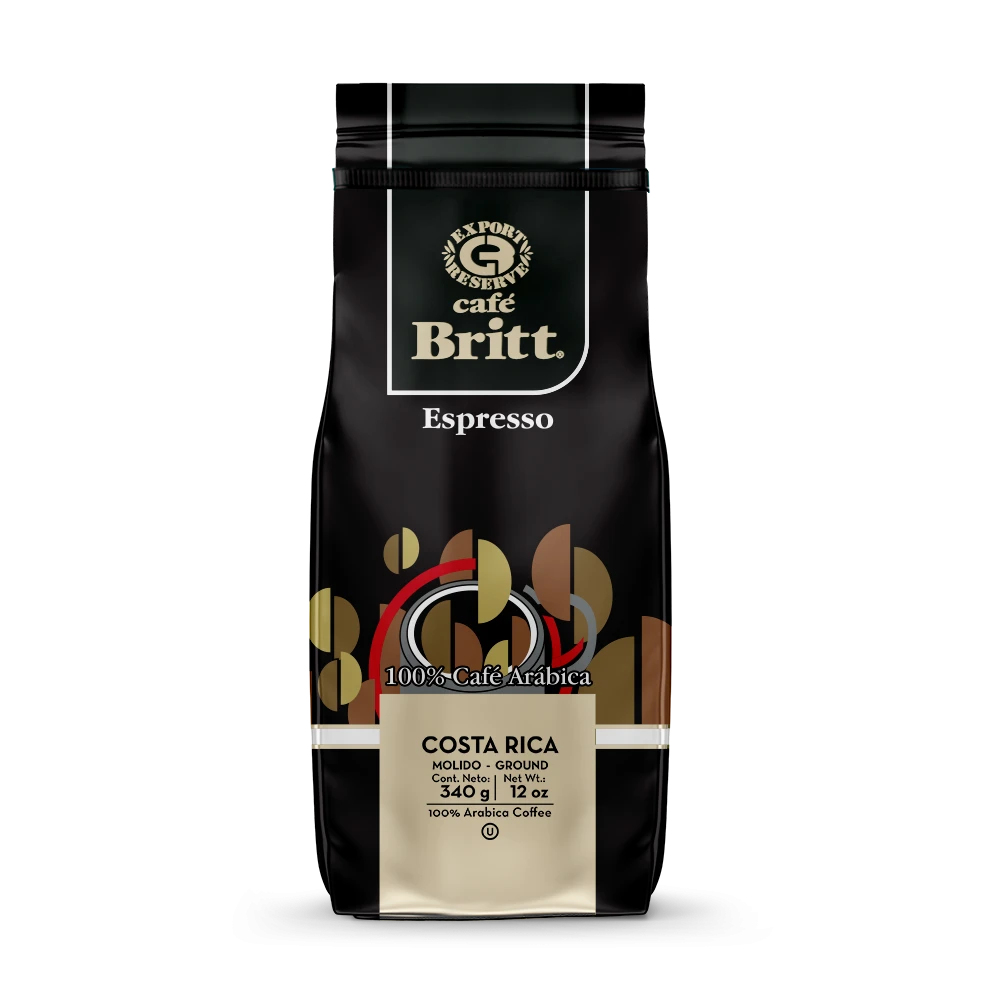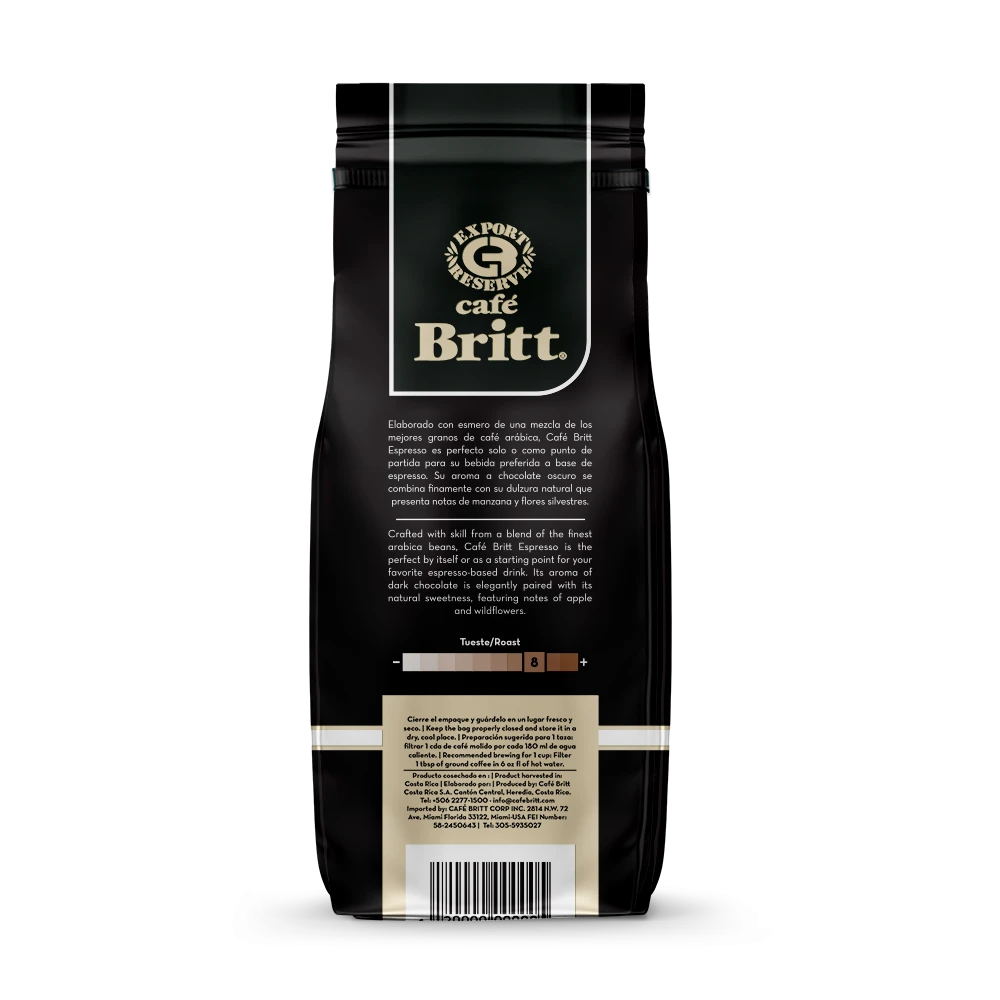COFFEE PROCESSING 101
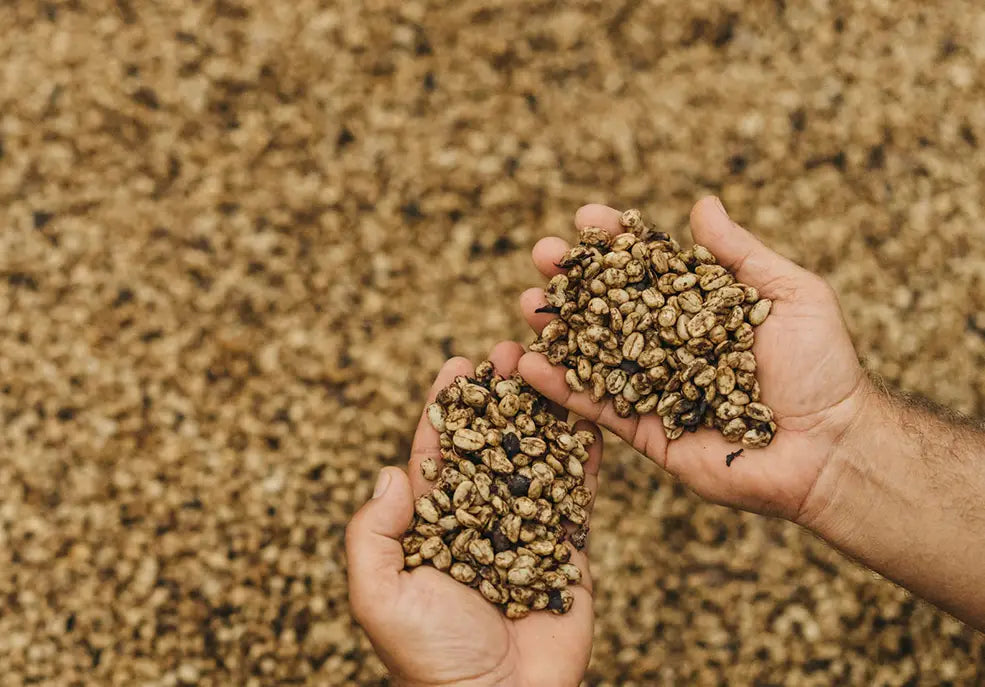
After a coffee cherry is picked and before it is roasted, the bean must be processed. Many people are experts on cherry types and roasting methods, but processing is actually the single most important factor in determining a bean’s flavor. The microclimate and soil of origin are essential in contributing to a coffees flavor, and proper processing is necessary to preserve these components.
Different countries approach processing coffee in various ways, both at a cultural level and at the individual farm level. At Britt, we strive to serve the best coffee in the world, and we know that means not just serving well established flavors, but creating new blends as well. This is why we encourage our growers to experiment with new ways of processing beans and commit to purchasing the product no matter the result. We believe this is the best way to develop long lasting relationships and produce the highest quality coffee in the world.
NATURAL PROCESS
The natural process is the oldest way of processing coffee. Using this method, freshly picked coffee cherries are simply spread out on “beds” and dried in the sun. Workers protect the cherries by rotating them throughout the day and covering them at night. The process can last up to 35 days—until the moisture content of the cherries reaches 11 percent.
With this processing, the fruit, the nutrients and sugars from the skin go into the seed.

Cherries must be perfectly ripe when picked so that over the drying period, their natural flavors are brought to the surface. This method is only doable in countries, like Costa Rica, with low humidity.
The natural process is time consuming and labor intensive. We respect this legacy by using naturally processed beans in some of our special edition blends to make them even more special and flavorfully unique.

WASHED PROCESS
The washed process is probably the most well known of the three, and is the one Britt uses for most of our coffees. This method requires separating the pulp from the coffee cherry. The beans are then separated by weight and size while passing through large rotating drums filled with water. After this separation, the beans are funneled to large fermentation tanks filled with water and left until their outer mucilage layer dissolves. This can take anywhere from 12 to 48 hours.

Once the mucilage has disintegrated, the beans are dried in large machines, or naturally in patios by sunlight. The entire wet washing process can take up to a week to complete. This is a relatively new processing method and is favored by many roasters because of the balance and sharp, fruity flavors it preserves in the bean. The systematic nature of this method guarantees consistency of flavor and allows processors a measure of control over the taste of their beans.

HONEY PROCESS
The rarest processing technique is the Honey process because of the difficulty and expertise needed to execute it correctly. The name refers to the mucilage layer of the cherry, a layer so thick and slimy it is often referred to as “honey.” Using this method, the coffee is pulped while leaving some pulp on the bean, and then spread out to dry on thin drying beds. For the 10-15 days of the process they must be rotated hourly.

The Honey Process produces beans with more acidity than Naturally processed beans and less acidity than Washed coffees. This delicate balance of flavors and acidity has made it a huge trend in Costa Rica and other Central Americna countries. One of Britt’s limited edition blends, the Merio Beneficio San Juan, from 2015, was processed using this method.

